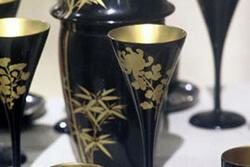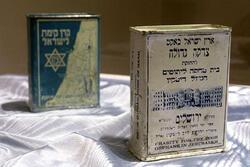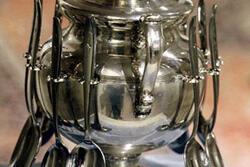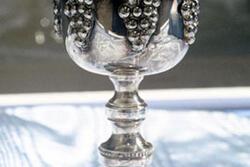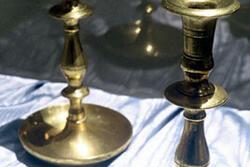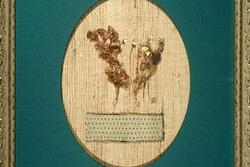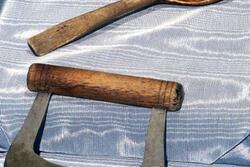Pictures and stories of significant objects in the lives of the Seattle women, from a piece of artwork created in Auschwitz to the blades used to make traditional gefilte fish.
Your gift keeps these stories alive—it will be matched through year’s end, up to $50,000.
Help us meet our year-end goal
$40,000 of $50,000 raised.
Artifacts
How to cite this page
Jewish Women's Archive. "Artifacts." (Viewed on November 22, 2025) <https://qa.jwa.org/communitystories/seattle/artifacts>.

